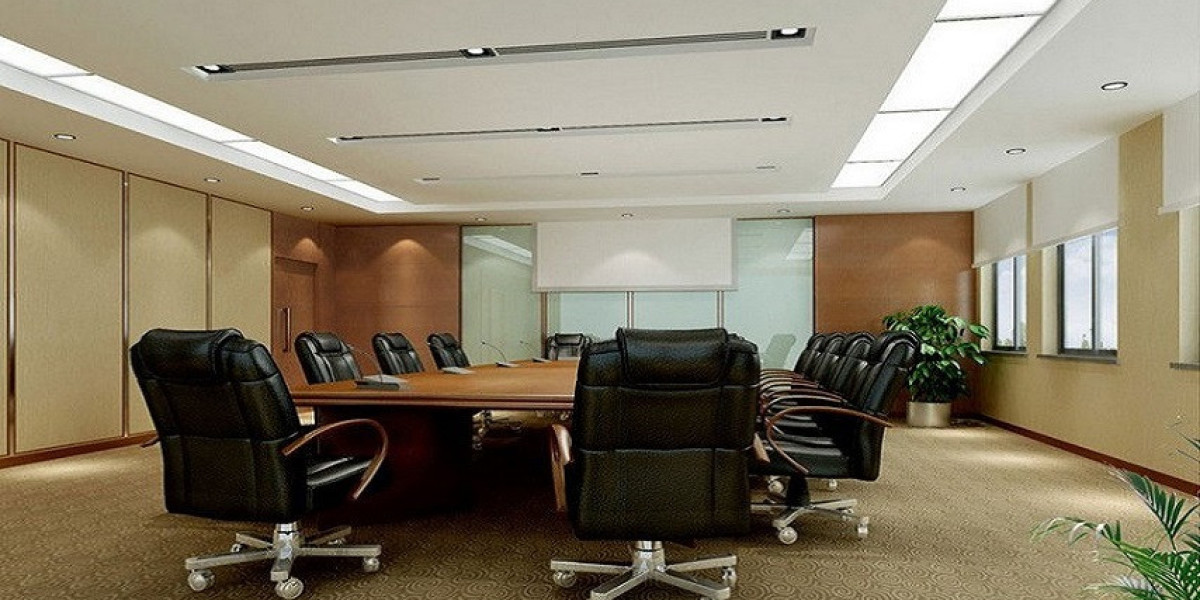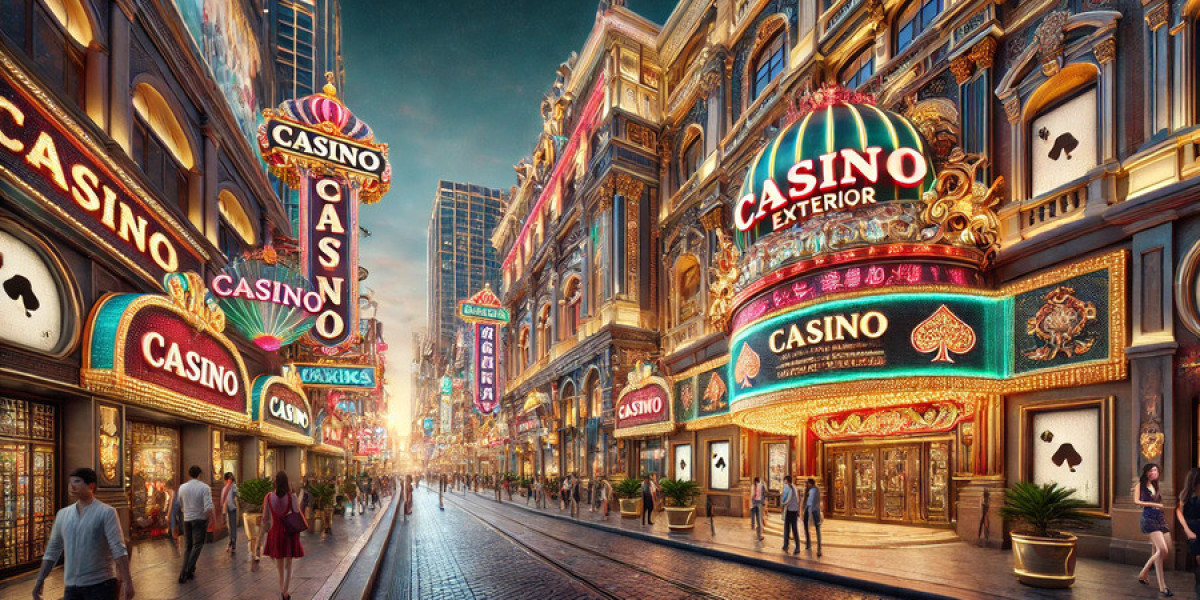The workplace is undergoing a significant transformation, propelled by demands for flexibility, functionality, and an appealing design. As organizations embrace dynamic work environments, modular workstations have emerged as a game-changing solution. These versatile setups not only optimize space but also enhance employee productivity and satisfaction, making them an essential component of modern office design.
The Rise of Modular Workstations
Traditional office layouts with fixed desks and cubicles are increasingly giving way to more adaptable solutions. Modular workstations are designed to meet the diverse and evolving needs of the workforce. Their customizable nature allows companies to reconfigure spaces effortlessly, accommodating changing team sizes, workflows, and collaborative demands.
For instance, a modular setup can transition from individual workstations to group collaboration areas with minimal disruption. This adaptability is especially valuable in hybrid work models, where office usage fluctuates based on in-office and remote work patterns.
Enhancing Employee Experience
One of the primary appeals of modular workstations lies in their ability to support employee well-being and efficiency. Ergonomic designs prioritize comfort, reducing physical strain and improving focus. Adjustable desks, for example, enable employees to alternate between sitting and standing, promoting better posture and overall health.
Additionally, modular workstations often incorporate privacy screens and soundproofing elements, allowing employees to focus without distractions. At the same time, they can be arranged to foster collaboration when needed, striking a balance between individual and team-oriented work.
A Sustainable Approach to Office Design
Sustainability is increasingly important for businesses, and modular workstations embody this principle, as many are made from eco-friendly materials and designed for durability. Their reusability minimizes waste, as components can be repurposed or reconfigured rather than discarded during office redesigns.
Moreover, the modular approach reduces the carbon footprint associated with frequent office renovations. By investing in adaptable furniture, companies can future-proof their workspaces while demonstrating a commitment to environmental responsibility.
Boosting Aesthetic Appeal
Beyond their functionality, modular workstations add a sleek and contemporary look to office environments. Their clean lines and contemporary designs can be tailored to align with a company’s branding and culture. Whether it’s a minimalist look or a vibrant, creative atmosphere, modular workstations offer endless possibilities to enhance the visual appeal of the workplace.
Color schemes, materials, and configurations can be customized to create an inspiring environment that reflects the organization’s identity. This personal touch not only leaves a positive impression on clients and visitors but also enhances employee morale.
Cost-Effective and Scalable
Modular workstations are a cost-effective investment for businesses of all sizes. Their scalability allows companies to expand or downsize without incurring significant costs. Startups and small businesses, in particular, benefit from this flexibility as they can grow their workspace incrementally in line with their needs.
Additionally, the durability of modular systems reduces the need for frequent replacements, offering long-term savings. Combined with their ability to adapt to evolving work trends, modular workstations prove to be a financially prudent choice.
Conclusion
The appeal of modular workstations lies in their perfect blend of adaptability, functionality, and style. As the workplace continues to evolve, these innovative solutions offer a way to stay ahead of the curve, meeting the needs of a diverse and dynamic workforce. By revolutionizing office spaces, modular workstations not only enhance productivity but also create a sustainable, inspiring, and future-ready work environment.
How Turnkey Interior Solutions Bring Smoothness to Modern Design Projects
Maximizing Space: Smart Planning for Modern Office Interiors





